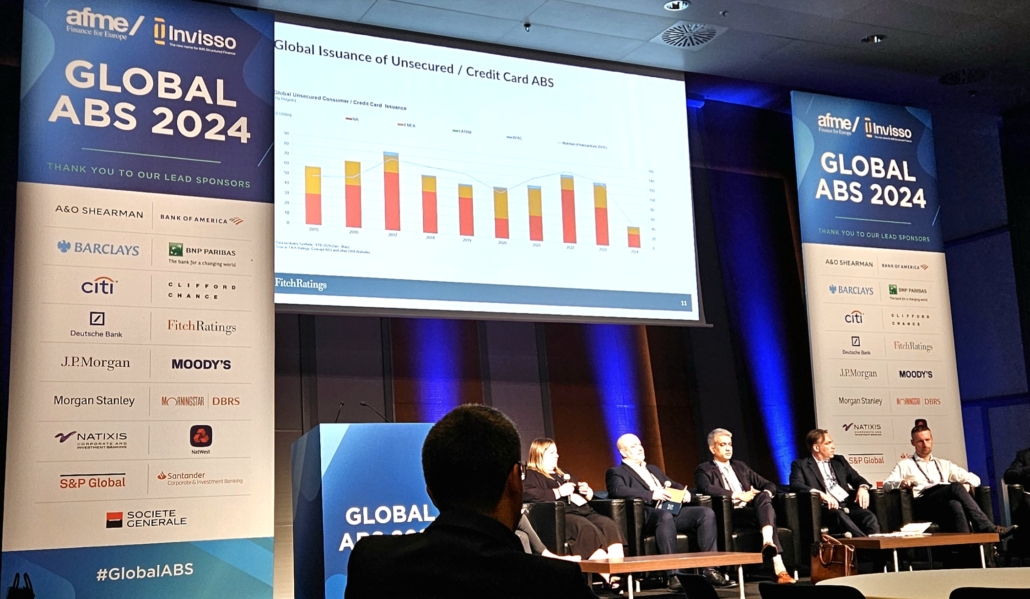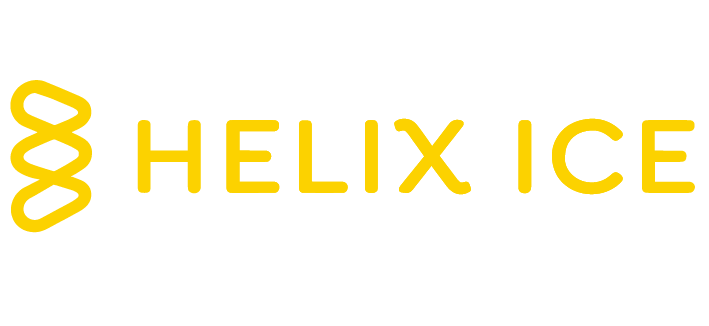My experience at Global ABS 2024: a journey through the world of structured finance
Ever heard of the Global ABS conference? It’s the powerhouse event for structured finance professionals, and I was thrilled to attend this year’s edition in Barcelona. For 28 years, this event has been the go-to place for professionals looking to network, learn, and make deals. With around 5,000 attendees and 100 exhibitors, the conference offered an unparalleled opportunity to dive into the latest market trends, regulatory developments, and innovative financial products. Here are some of the key highlights and my personal takeaways from the event.
Some of the companies represented at the conference were SEB, Kredinor and Danske Bank from the Nordic market, together with international players like the investment banks JP Morgan, Deutsche Bank, and Santander CIB. Rating agencies such as Moody’s and Fitch were also present, along with a significant number of law firms, which had a very strong representation among the attendees. This diverse mix of participants highlighted the global reach and influence of the conference.
Day one: Diving into global markets and Fintech innovations
Seminars Attended:
- Global ABS markets: The discussion around public-private partnerships made me realize the potential for these collaborations to drive market growth. The dynamic between domestic and international demand and how prudential regulation influences bank vs non-bank supply was a hot topic.
- Advancements in Fintech: I was captivated by the latest developments in Fintech, particularly the integration of Distributed Ledger Technology (DLT) and AI in capital markets. One speaker humorously quipped, “AI won’t take your job, but someone who knows how to use it might!”
- Using securitisation to finance the transition: This session was eye-opening, highlighting how ABS can support green initiatives like wind and solar energy. The discussion on the challenges of financing electric vehicles was particularly engaging.
My thoughts: The first day was an eye-opener. I learned a lot more about structured finance and how ABS can be utilized to spread risk in investments. The atmosphere was buzzing with energy and excitement. The discussions on how ABS can support ESG initiatives were both enlightening and motivating.
Day two: pitching, partnering, and emerging opportunities
Seminars Attended:
- Emerging asset classes: The session on digital infrastructure, music, and sports securitization was fascinating. The idea of securitizing music royalties opened my eyes to how finance can innovate in unexpected areas.
- Evolution of specialty finance: This seminar provided a deep dive into the risk vs. reward landscape of specialty finance.
- ESG Methodologies, Analytics & Disclosure: The importance of standardized ESG disclosures across countries was a key takeaway. The debate on regulatory alignment was particularly spirited.

My Thoughts: The second day was a whirlwind of meetings and pitches. I had the chance to present Helix Ice’s services and our upcoming products to potential partners and industry peers. The seminars offered a glimpse into how ABS can be leveraged to create new market opportunities and asset classes.
Day Three: Shaping the Future of Finance
Future leaders workshop: Being invited to the Future Leaders Workshop was a highlight of the conference. This initiative is designed for those identified as the next generation of leaders in capital markets. Two people stood out in particular: Janet Oram from the seminar What does excellence look like? and Rob Ford from the seminar What I wish I’d known. Janet’s insights on defining and achieving excellence were incredibly inspiring, while Rob’s retrospective on his career provided valuable lessons and practical advice.
We had some great discussions among us participants, and I got to explore differences and commonalities such as work-life balance and career motivations with like-minded professionals at similar levels of experience from around the world.
Exploring Barcelona
Beyond the conference, I had an amazing time exploring Barcelona for the first time. The city’s stunning architecture, long sandy beaches, and delicious food—empanadas, tapas, and paella—really hit the spot. I enjoyed the mix of old and new architecture throughout the city; it truly felt like the city has grown organically over time. The vibrant atmosphere of the local markets and the energy of the city’s nightlife added to the charm of my visit.
Conclusion
Overall, the Global ABS 2024 was an incredible experience that enriched my understanding of structured finance and provided numerous opportunities for networking and professional growth. From deep dives into global market dynamics and fintech advancements to exploring new asset classes and participating in the Future Leaders Workshop, the conference was a blend of education, inspiration, and practical insights.
Thinking about attending Global ABS next year? Here’s my advice: dive in with an open mind, be ready to network, and don’t be afraid to ask questions. I left Barcelona with new knowledge, valuable connections, and a refreshed perspective on the future of finance. I’m already looking forward to next year’s event!
By: Leo Brouwers, Senior investment manager



